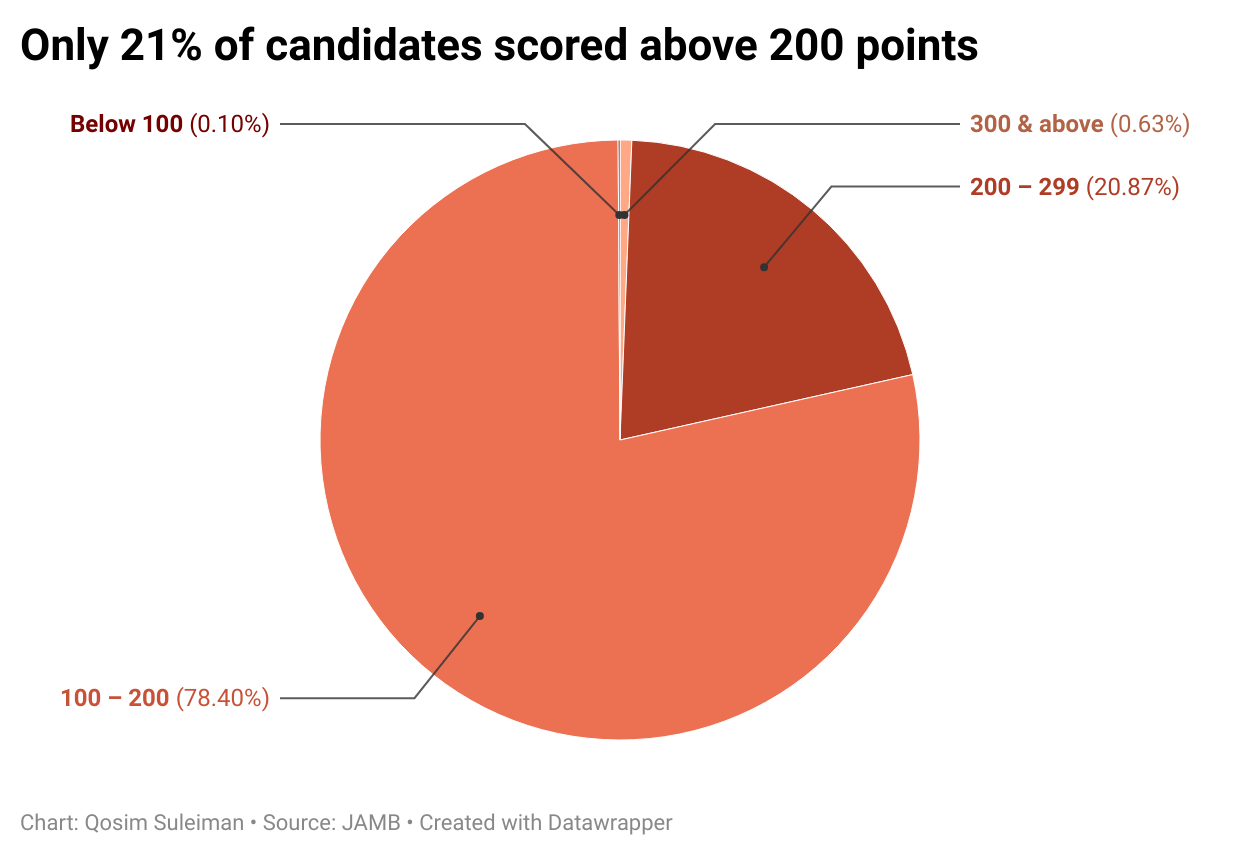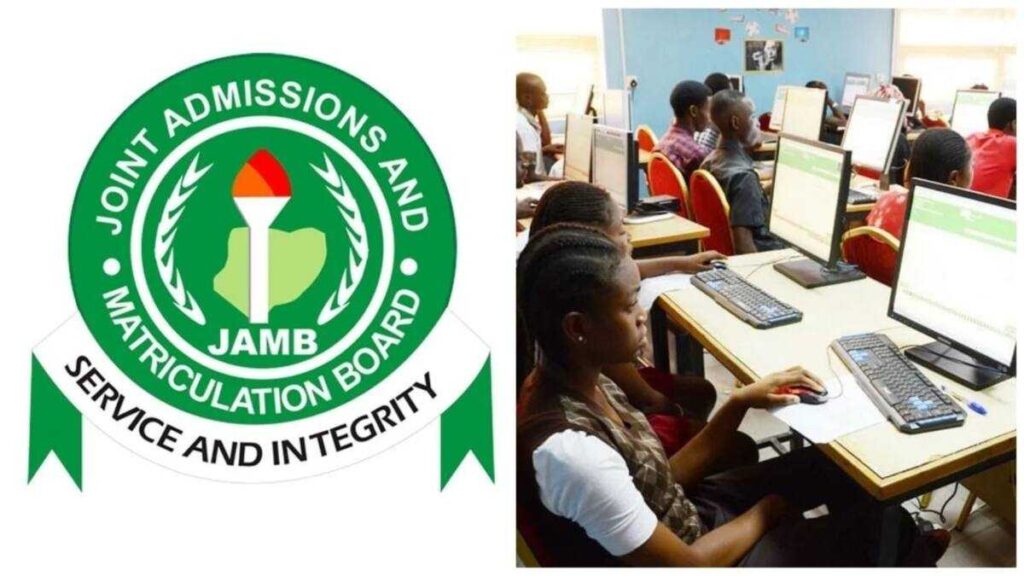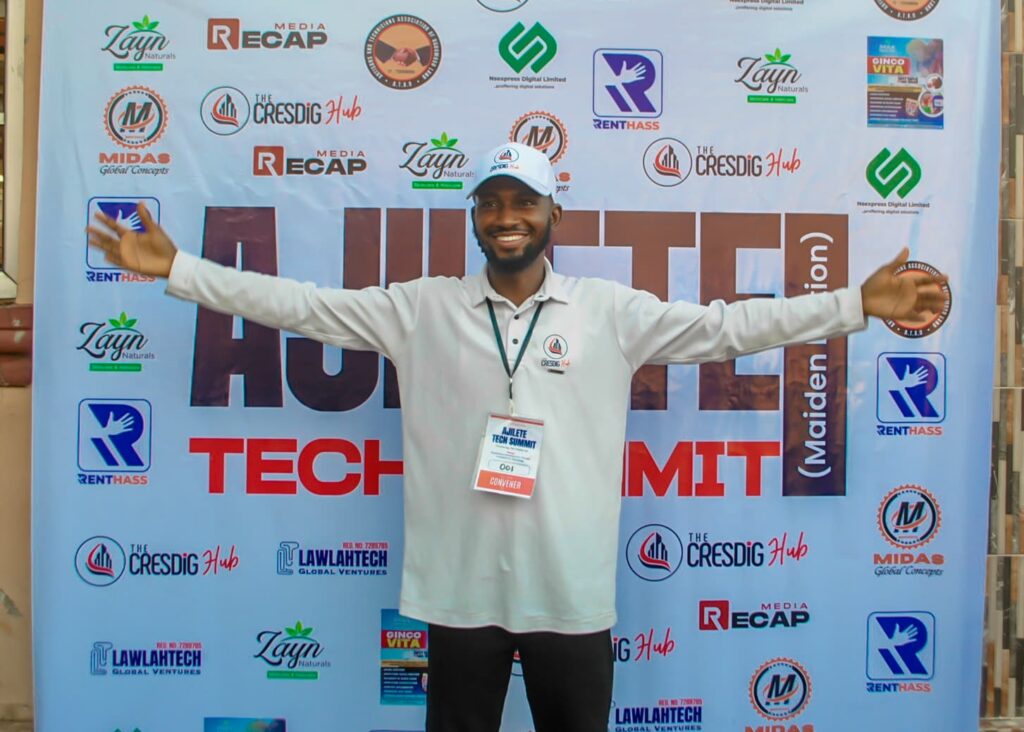The Joint Admissions and Matriculation Board (JAMB) has published a detailed statistical breakdown of the 2025 Unified Tertiary Matriculation Examination (UTME), revealing stark performance disparities among Nigerian candidates. Out of 1,955,069 students who sat for the exam, more than 1.5 million (76.7%) scored below 200—a result likely to intensify debates over education quality and exam preparedness. However, a small fraction of high achievers emerged, with 4,756 candidates scoring above 320 and 7,658 landing between 300 and 319. Notably, JAMB permitted 40,247 underage candidates to sit for the test under its “exceptional ability” clause, though only 467 (1.16%) met the board’s benchmark for outstanding performance. Their final eligibility for tertiary admission hinges on additional screening stages.

Key Takeaways from the 2025 UTME Results
- Mass Underperformance: 76.7% of candidates scored below 200, raising concerns about secondary education standards and exam readiness.
- Top Performers: Just 0.24% (4,756 candidates) scored above 320, while 0.39% (7,658) hit the 300–319 range.
- Underage Candidates: Of the 40,247 permitted to write the exam early, only 467 (1.16%) demonstrated “exceptional ability” per JAMB’s threshold.
- Next Steps: High scorers must still undergo post-UTME screenings by universities, which will determine final admissions.

Why This Matters
- Education Policy: The results may prompt government intervention in curriculum and teacher training.
- Admission Competition: With most scores clustered below 200, competition for limited university slots will be fierce.
- Underage Exception Debate: Critics question whether early exam participation benefits students or adds undue pressure.
What’s Next?
- JAMB will release cut-off marks for universities, polytechnics, and colleges in collaboration with school heads.
- Top-scoring candidates must now navigate institution-specific post-UTME exams, which often influence final selection.
- Calls for a national education review are expected to grow, particularly around STEM and literacy fundamentals.



